Warren Miller, Solutions Architect at Altron Managed Solutions, tells us how Smart BACS investments offer organisations a single view to proactively run and manage entire building portfolios, campuses and individual buildings.

Organisations seldom need convincing about the power of smart technology investments to improve their efficiency and competitiveness. After all, that’s the promise of Digital Transformation. While many conversations involve crucial advancements in operational, finance, CRM, collaboration suites and a host of other technologies, it is equally important to look at how technology can be used to optimise the use of physical buildings.
While many may be aware of the concept of building management systems (BMS), the name building automation and control systems (BACS) is a more accurate description of the latest strategies made possible by technology. BACS refers to an overarching system to run, manage and report on all operational silos of building systems – all from a single pane of glass. Which systems are we referring to? HVAC, solar, generators, electricity, lights, lifts, escalators and more – anything in large buildings, campuses or disparate company offices.
While it may seem too good to be true, it isn’t, as long as the system is built properly and is modular and agnostic, especially if there are existing systems in a building that would make sense to retain as opposed to rip and replace. With this type of setup, organisations have all the tools at their disposal for full management and monitoring, from a localised facility level to a supervisor or building level, to a centralised management level – all with controlled access.
One of the keys to getting this process right is if a partner takes responsibility for all data sources coming into the single dashboard. In other words, companies should seek out partners that dig deeply into every aspect such as asset registers, physical and logical audits and much more and then present analyses and make recommendations tailored to each unique context. Especially for organisations that are not located in main metropolitan hubs, or who have branches spread across the country, finding a partner with a large footprint is crucial because the economies of scale a partner like this can bring to the equation can significantly lower the costs for organisations, especially in areas like on-going support.
But why?
Various estimates have buildings representing about 40% of primary energy use globally. In South Africa, it became mandatory in December 2020 for accounting officers and building owners to submit an Energy Performance Certificate (EPC). This is the world we are living in and this will continue to be our reality going forward, meaning that companies must-have a firm grip not only on monitoring and reporting on their buildings’ efficiency but also on implementing measures to improve it.
However, the stick of regulation is not the only motivator for a BACS investment. The carrot of lower carbon emissions is attractive, while a better, more work-conducive, environment improves productivity. There is a relatively short payback time and so investments pay for themselves in a comparatively short amount of time. If a C-suite were to weigh the cost of other energy efficiency measures, BACS is highly attractive.
The benefits of implementing BACS speak for themselves, from automation and proactive monitoring to prevent catastrophic failures of key systems and to improve safety, increased efficiency through automation, flexibility and scalability made possible by cloud-based IWMS, the improved productivity we have already spoken about through better working conditions, agility, customer and employee satisfaction and – especially in an environment where South Africa is headed into a recession – cost savings which are realised through optimising production processes, reducing maintenance costs and lowering energy consumption.
Naturally, this all presents a compelling business case, as it should. However, organisations would do well to find and work with partners experienced in implementing successful BACS strategies. Key elements of a successful BACS strategy include open platforms that are modular in design, which allows for scalability and ease of integration of existing and new systems; ease of use, which is crucial – users should be able to navigate an intuitive interface from various access devices; and an efficiently engineered BACS that is developed, operated and maintained with cybersecurity front and centre.
The ability to streamline decision-making, save time and money and have a real-time view and control over historically siloed systems would have been called a superpower a few short years ago. Today businesses can walk this Digital Transformation path with experienced partners and well and truly enter the age of hyper-efficiency. A cursory analysis of where the world is headed will reveal that businesses will be under increasing pressure to ensure their carbon footprint is minimised and a BACS investment today will give a head start to organisations ready to embark on that journey.


